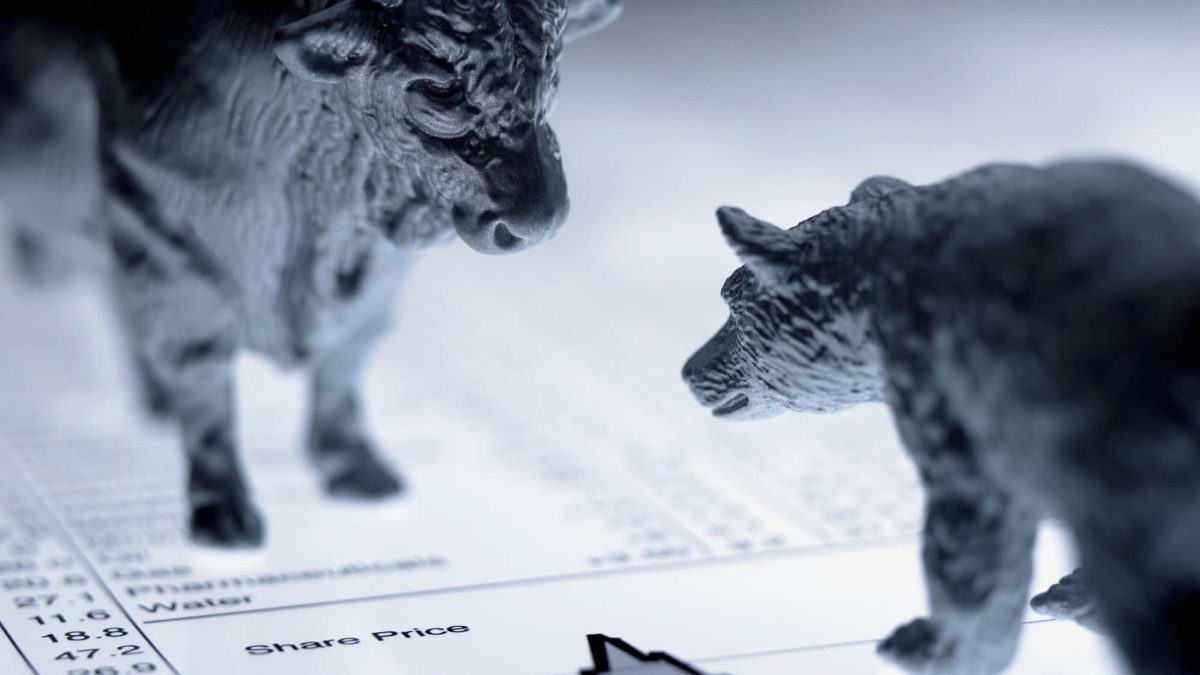Owning Pilbara Minerals Ltd (ASX: PLS) shares has come with a rollercoaster of emotions so far in 2023. While the lithium producer's share price is up 14% so far this year, the past month has delivered a 13% decline.
A meteoric rise in profits and the company's inaugural dividend have been overshadowed by a sharp fall in the price of lithium. Bringing unease to shareholders, lithium carbonate prices are back to where they were a year ago as supply begins to momentarily catch up with demand.
So, can the electrifying commodity producer continue to harvest monster profits, or could the top of the cycle be behind it?
To try to answer this question, we found one bull and one Pilbara Minerals bear among our team of writers. Eager to share their thoughts, our Foolish duo delves into whether or not Pilbara Minerals shares could be a sound investment right now.
Here is what they said:
The bull case for Pilbara Minerals shares
By Bernd Struben: I'm long-term bullish on Pilbara Minerals based on a number of strengths.
First, the company is the sole owner of the Pilgangoora Lithium-Tantalum Project in Western Australia, the world's largest, independent hard-rock lithium operation.
Second, while lithium prices may come under pressure over the medium term amid oversupply concerns, the metal will remain in strong demand amid the rapid global growth of EVs and grid storage batteries.
Around 75% of the world's consumption of lithium currently goes into rechargeable batteries. Furthermore, EV sales are forecast to grow tenfold over the next decade. It's expected that EVs will represent 30% of sales in China in 2023, up from only 5% in 2019.
Third, Pilbara Minerals recently posted some stellar half-year results. Compared to the six months ending 31 December 2021, the miner reported a 989% increase in statutory net profit after tax (NPAT), which reached $1.2 billion. Meanwhile, the company's revenue of $2.2 billion was up 305%.
Fourth, Pilbara Minerals leapt onto income investors' radars when its board declared the first-ever dividend of 11 cents per share, fully franked. That represents a 2.6% trailing yield. But that's just the interim dividend. I expect Pilbara will pay out at least that much for a final dividend when the company reports its full-year results.
And fifth, Pilbara Minerals is doing an excellent job of increasing its output. Production of spodumene concentrate leapt 83% over the six months (from the prior corresponding half year) to reach 309,255 dry metric tonnes (dmt). And the miner recently lifted its production guidance for the full year to between 600,000 and 620,000 dmt.
Should lithium prices fall as much as the extreme bearish cases suggest, Pilbara's profits and dividends will likely shrink. But longer-term, I believe investors will look back at today's share price and wish they'd bought more.
Motley Fool contributor Bernd Struben does not own shares in Pilbara Minerals Ltd.
What about the grizzly bear?
By Sebastian Bowen: There's little doubt Pilbara Minerals is a well-run company. It has indeed seen unprecedented success in 2022 and 2023 so far, recently delivering bumper profits and its first-ever dividend payment.
But just because a company has seen success doesn't mean it will be a good long-term investment.
At its core, Pilbara is a price-taker. Most ASX shares are able to set the prices for the goods or services they provide. This enables the best companies to compound their earnings and profits over time. But Pilbara, like all miners and drillers, is at the mercy of the markets.
In Pilbara's case, this company holds regular auctions where buyers decide what they want to pay for Pilbara's lithium products. This is great when lithium prices are elevated, as they are right now. But like all commodities, lithium goes through cycles.
When prices rise, producers are incentivised to increase output and therefore supply. Over time, increased supply reduces the pricing of said commodity. Most commodities fluctuate in this way, which makes it difficult for the companies that produce them to consistently grow profits.
If lithium prices go through a down cycle sometime in the future (which I believe is inevitable), we could well see Pilbara's profits collapse, and its new dividends trimmed or even suspended. This fundamental nature of commodity-based shares like Pilbara makes them less than ideal candidates for a buy-and-hold investment in my view.
Further, Pilbara's business case is built around the assumption that lithium will continue to play a massive role in the electrification of transport. Yes, right now almost all electric vehicles use lithium-ion batteries. But other battery technologies, using other metals, have been dominant before.
What happens to Pilbara if vanadium batteries become more effective and efficient than lithium-based ones, for example? I think it's a coin-toss situation when debating whether lithium will forevermore be the world's dominant battery technology.
So, all in all, I think there are too many risks with Pilbara's business case to make it a solid long-term investment. Lithium is an important metal in today's economy. But that doesn't mean any company producing lithium products has a license to print money indefinitely.
Motley Fool contributor Sebastian Bowen does not own shares in Pilbara Minerals Ltd.









